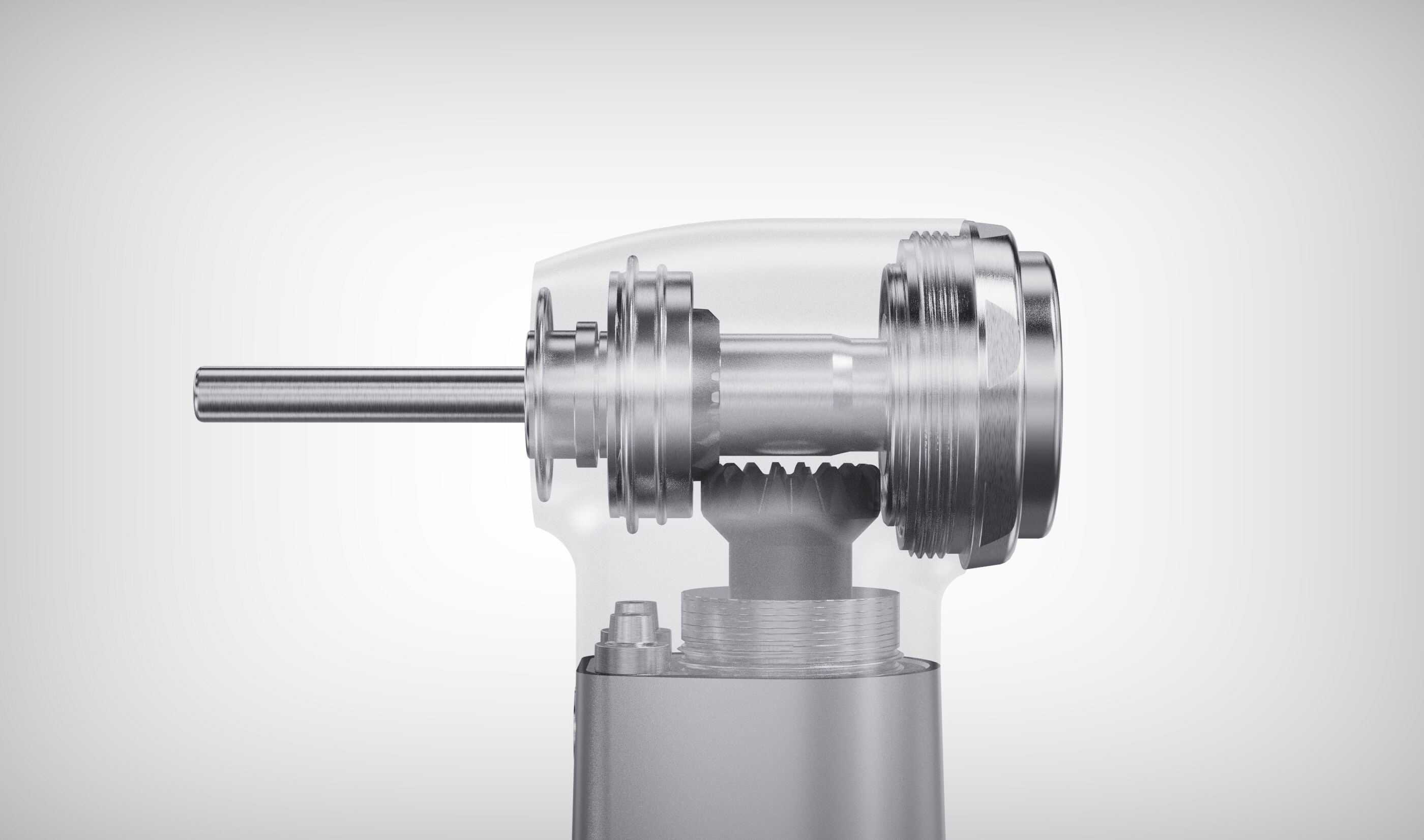メールフォーマットエラー
emailCannotEmpty
emailDoesExist
pwdLetterLimtTip
inconsistentPwd
pwdLetterLimtTip
inconsistentPwd

ニュース

ChatGptの上昇は、AIの医療価値IIIの再評価を引き起こす可能性があります

AI医療イメージング:中国の業界で人気があります
自由化と政策の支援により、補助診断と治療製品の市場需要は明らかに増加しています。 2020年の中国のAIメディカルのコアソフトウェア市場では、CDSSの市場シェアは29.8%で、AI医療イメージング市場は7.1%です。 AI医療イメージングの市場規模は、2023年(今年)に初めてCDSを超え、AI Medicalのコアソフトウェアで最も人気のある製品カテゴリになると予測されています。データ予測によると、中国の人工知能医療イメージング産業は、2020年の3億人民元から2030年の923億人民元に増加すると予想されており、この10年間で複合成長率は76.7%です。 AI医療イメージング市場は、高成長率、高い資本集約度、および最初に商業化を達成するための最良のチャンスを持っていることに言及する価値があります。
規制執行はAIヘルスケアをサポートしています
医療、科学、および生産の側面をカバーするAIヘルスケアの開発をサポートするために、規制執行を強化する必要があります。人工知能とヘルスケアの組み合わせには、高い技術的要求だけでなく、実際のシナリオに対するテストも必要です。成熟した製品が開発されたとしても、業界全体の問題点は、デジタルヘルスの実現をどのように加速するかです。より良い商業化を確保するために、鍵はAIヘルスケア製品による病院の補償にあります。
三次病院は主にAIデバイスを要求します
データは、2019年から2021年の間に、2019年と2020年の第三紀病院でAIヘルスケアイメージングの入札量が1,000万元を超えていたことを示しています。それは、アウトブレイク検出ニーズと肺イメージング製品の幅広い視聴者の影響の影響を受けました。開発技術の高い成熟度も同様です。統計時間中の肺の部門向けのAI開発ソフトウェアの入札量は、1296万元に達しました。その後、心血管、包括的、病理が生まれました。データによると、AIヘルスケアデバイスの主な需要は高等病院から来ています。それは、より低い病院、タウンシップクリニックなどでまだ広まっていません。
AI Eyeは草の根の医療機関に到達します
現在のAIの利点は、企業には多種多様な着陸シナリオがあることです。肺イメージング、心血管イメージング、または胸部イメージングなど、大きなハードウェアデバイスにバインドする必要があります。一般的に、彼らは三次病院を選択します。アイAIの範囲は、ハードウェアデバイスのアイカメラの比較的低コストでさらに広くなっています。三次病院を選択するだけでなく、草の根の医療機関やその他の大規模な健康シナリオを突破することができ、草の根医療システムへの浸透を実現します。これはまた、AIの目が人工知能イメージング市場で際立っている重要な理由の1つです。
医療保険はAI医療を信頼して結び付けます
一方、AI医療の広範な適用を達成するために、医療保険は、AI医療を病院や患者と結びつける最良の信頼アンカーかもしれません。 AIの医療を護衛するために医療保険を実施する一方で、関連部門は、業界の将来の健康発展の重要な部分であるデジタル治療を規制する方法を検討する必要もあります。特に、AI機器はソフトウェアベースであるため、迅速な製品反復など、インターネット業界の特性に直面する必要があります。これらはすべて慎重に検証する必要があり、再登録が必要であり、大きな影響を与えることさえできます。エンタープライズ。これには、規制部門がデジタル処理製品の定義方法を考える必要があります。これは、対応するデータセキュリティ基準と医療ビッグデータの業界関連規制を迅速に形成し、医療データの法的状況を規制する必要があります。
結論として、人工知能技術はまだ成長している段階にあり、特にイノベーションとブレークスルーを追求し、モデルとシナリオのより多くの組み合わせを探求するために、医療分野に関しては最適化される詳細がまだたくさんあると予想できます。 AI医療は大雪で長い斜面です。人工知能技術のサポートにより、インテリジェントな医療産業はより多くの機会に直面し、より多くの品質で便利な医療機器を発射して一般にサービスを提供し、したがって中国の医学的原因の高品質の発展を促進することが期待されています。

